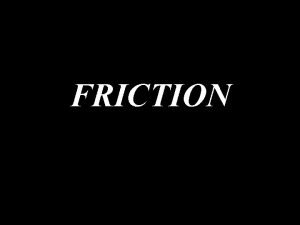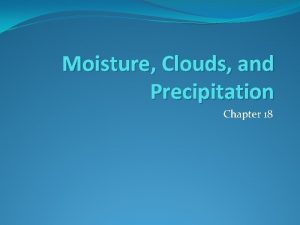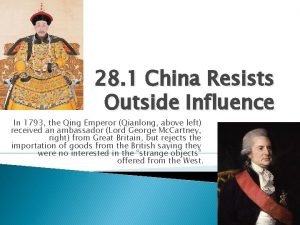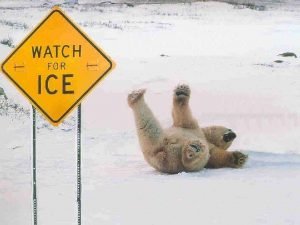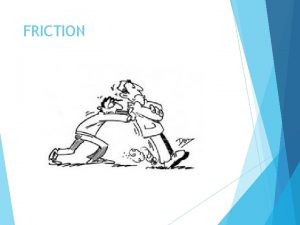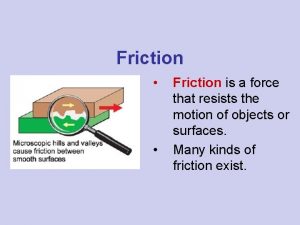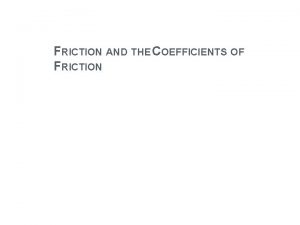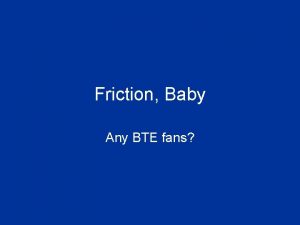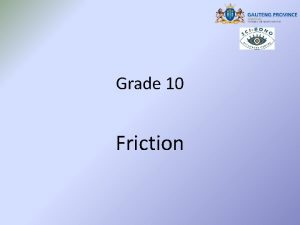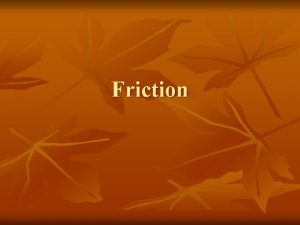FRICTION Any force that resists motion It involves











- Slides: 11

FRICTION

• Any force that resists motion • It involves objects that are in contact with each other. • This is the force that keeps an object from sliding down and incline plane.

Friction • Friction is a force that resists the motion of two surfaces that are touching. • When a moving object comes in contact with another object, friction is the opposing force that slows or stops the moving object.

• Some scientists believe that friction is caused by uneven surfaces of the touching objects – when rubbed together resistance is offered. • Experiments have shown that tiny particles are actually torn from one surface and imbedded in the other. • If two surfaces were carefully polished, there is a limit to the amount by which friction may be reduced. If made too smooth, the friction between them actually increases.

Types of Friction • Static. . prevents objects sliding • *Sliding. . . resists objects while they are moving • *Fluid…air or water

Examples of Friction • • Tires on the road Walking/Running Nails into wood Sled on hill

• Without friction, an object would continue to move at constant speed forever. • The strength of the force of friction depends on the type of surfaces and how hard the surfaces push together. • Rough surfaces produce greater friction than smooth surfaces.

Principles of Friction • Friction acts parallel to the surface that are in contact. • The direction that friction acts is OPPOSITE the direction of the motion (or intended motion). Fnormal Ffriction(k) Fapplied Fweight

Sliding Friction • A resistance to movement that is created when two things rub together.

Fluid Friction • The force that tries to slow objects down when they move through a liquid or a gas. It's also known as "drag", or "air resistance". • All gases and liquids are fluids. • An airplane and a swimmer both experience fluid friction.

Ø Static Friction – the frictional force present just before motion begins. Starting Friction is when Static Friction is at is maximum. Ø Kinetic Friction – the frictional force present with motion v. Note: Static Friction is usually higher than Kinetic Friction
 A force that resists motion
A force that resists motion Air resistance contact or non contact
Air resistance contact or non contact Chapter 18 moisture clouds and precipitation answer key
Chapter 18 moisture clouds and precipitation answer key China resists outside influence chapter 28 section 1
China resists outside influence chapter 28 section 1 When climbing where do you need high friction
When climbing where do you need high friction Phân độ lown
Phân độ lown Block av độ 2
Block av độ 2 Thể thơ truyền thống
Thể thơ truyền thống Thơ thất ngôn tứ tuyệt đường luật
Thơ thất ngôn tứ tuyệt đường luật Chiến lược kinh doanh quốc tế của walmart
Chiến lược kinh doanh quốc tế của walmart Tìm vết của đường thẳng
Tìm vết của đường thẳng Con hãy đưa tay khi thấy người vấp ngã
Con hãy đưa tay khi thấy người vấp ngã
